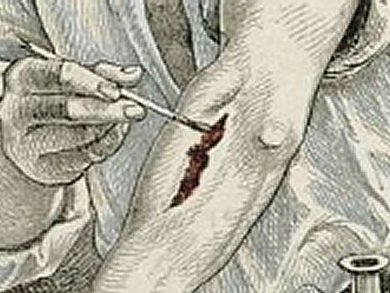Mihaela Leonida of Fairleigh, Dickinson University, Teaneck, USA, and colleagues show that nanoparticles containing chitosan have effective antimicrobial activity against Staphylococcus saprophyticus and Escherichia coli. They could be used as a protective wound-healing material to avoid opportunistic infection as well as working to facilitate wound healing.
The chitosan nanoparticles (CNP) were prepared by ionic gelation using sodium tripolyphosphate. This process involves the formation of bonds between polymer strands, cross-linking. CNP can also be made in the presence of copper and silver ions, known antimicrobial agents.
The CNP showed higher antimicrobial effect than chitosan against S. saprophyticus and E. coli. The effect did not seem to depend on the molecular weight of the starting chitosan. Cu2+ and Ag+ showed synergistic effects with chitosan against both organisms.
The skin regenerative potential of CNP and metal-enhanced CNP was tested by assessing skin cell (fibroblast, keratinocyte) proliferation. The study also suggests that chitosan and its nanoparticles inhibit matrix metalloproteinase-1 (MMP-1) expression in skin fibroblasts and keratinocytes, and may thereby inhibit skin aging and facilitate the extracellular matrix (ECM) remodelling phase of wound healing.
- Nanocomposite materials with antimicrobial activity based on chitosan,
Mihaela D. Leonida, Sudeep Banjade, Thong Vo, Gloria Anderle, Gerhard J. Haas, Neena Philips,
Int. J. Nano Biomat. 2012, 3, 316-334.
DOI: 10.1504/IJNBM.2011.045885




